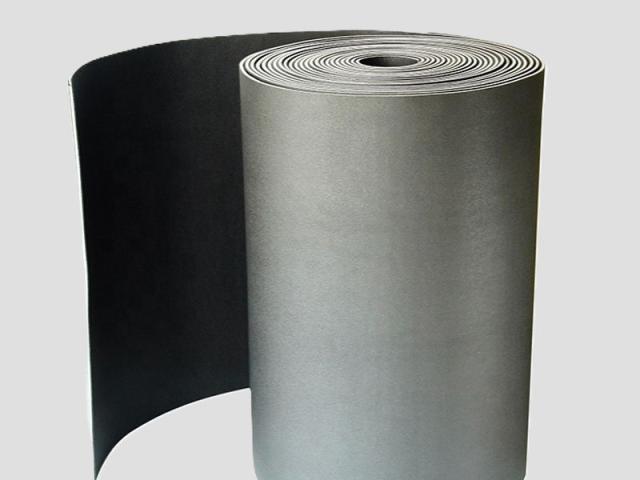XPE Foam Roll (Cross-Linked Polyethylene), or Cross-Linked Polyethylene Foam Roll material, is a material that is chemically or physically treated to form a mesh structure between the molecular chains of polyethylene. This treatment greatly improves the performance of the material, making it outstanding in heat resistance, cold resistance, aging resistance, etc. XPE roll material is a kind of flexible roll material products made of cross-linked polyethylene as the main raw material, widely used in many fields such as building thermal insulation, packaging and protection.
Features of XPE foam roll
- good thermal insulation performance: due to its internal contain a large number of closed air bubbles, can effectively prevent heat transfer, is the ideal thermal insulation materials.
- excellent waterproof and moistureproof function: XPE material itself does not absorb water, plus the surface of the special treatment can achieve good waterproof effect. 3. lightweight and high strength: although the density and strength of XPE foam roll material is very high, it is not easy to be used.
- light weight and high strength: although the density is low, the strength and toughness is very good, easy to carry and install.
- Environmentally friendly and healthy: the production process does not use harmful substances, the finished product is non-toxic and tasteless, safe and harmless to the human body.
- Long-lasting and durable: it has good UV resistance and weather resistance, and is not easy to age and deteriorate.
- Good processing performance: can be cut into various shapes and sizes as needed, and easy to use with other materials composite.
Application of XPE foam roll
- Construction industry
- Roof insulation layer: used as heat insulation layer on flat roof or slope roof.
- Wall insulation: applied to the internal insulation system of external walls to improve the overall energy-saving effect of the building.
- Floor insulation mat: laid under the floor slab to reduce the noise transmission between floors.
- Packaging and Transportation
- Buffer packaging for electronic products: Provide effective anti-vibration protection for delicate instruments and other fragile items.
- Cushioning for food containers: utilizing its good sealing and heat preservation to extend the shelf life of food.
- Other fields
- Sports equipment manufacturing: such as the production of yoga mats, pool floats and other recreational products.
- Automobile interior parts: Used as inner door soundproof cotton, seat padding and other parts.
- Agricultural greenhouse covering materials: Improve light conditions while maintaining a stable indoor temperature.

